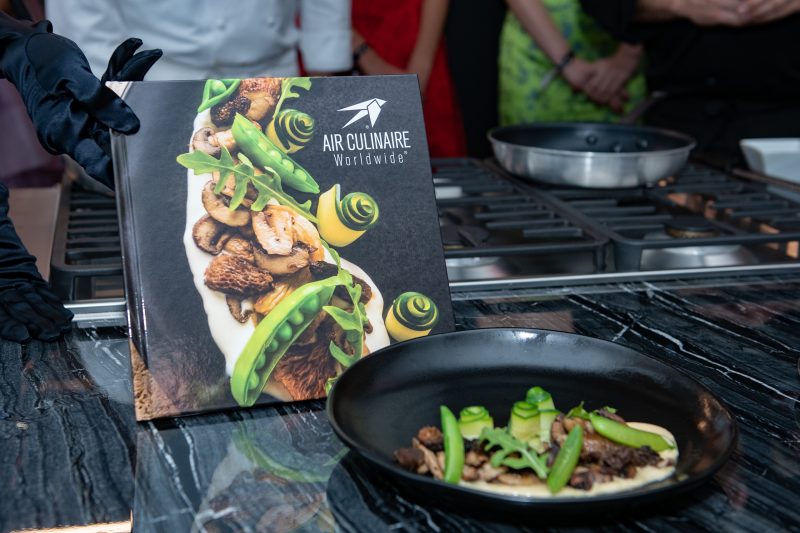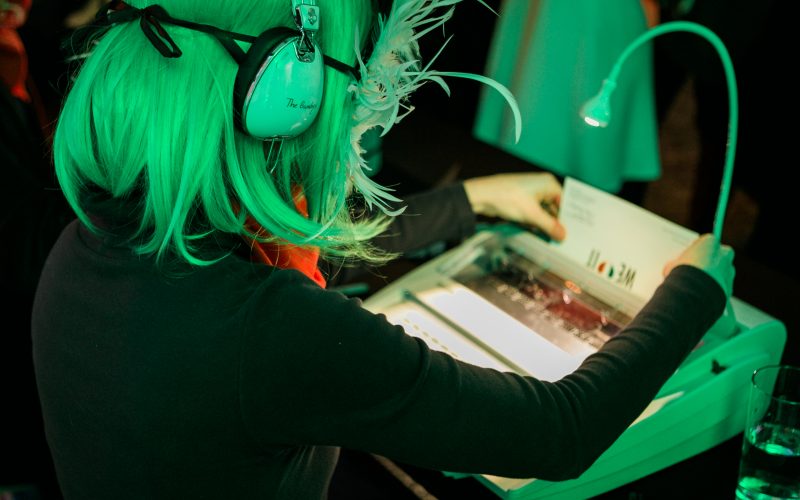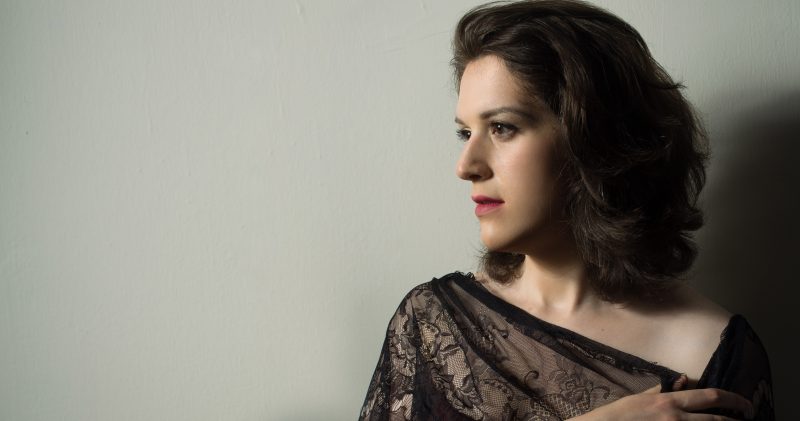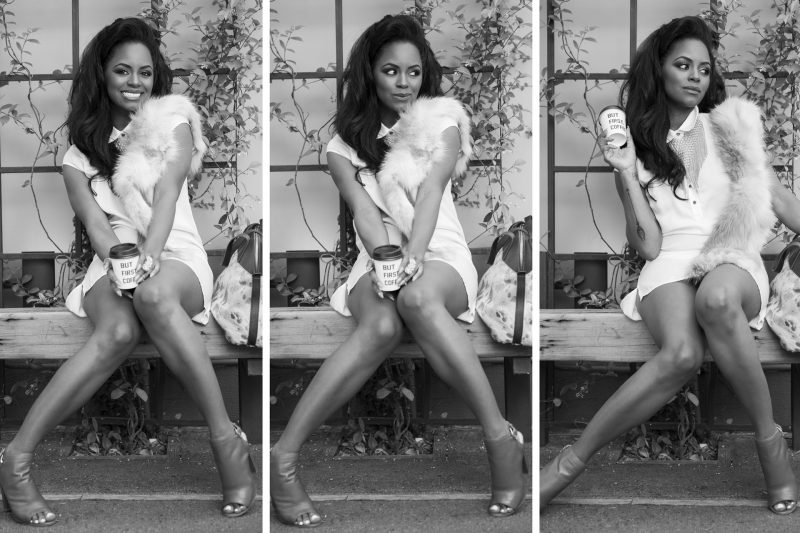Andy Partridge, the main vocalist and songwriter for the English band XTC (active from 1977 to 2001), has been a touchstone of musical excellence for me since 1983. That’s when I first saw the video for “Senses Working Overtime” on MTV, a network which appeared to have a sincere desire to present surprising and stimulating work, on occasion (including airing an entire live Frank Zappa concert, uncensored as it occurred, on Halloween1981). Occasionally penetrating the channel’susual programming would be an item clearly above the norm, and “Senses Working Overtime” was disarmingly intelligent, one of the most engagingly conceived and performed popsongs I’d ever heard. Reaching that conclusion involved comparing it to The Beatles, a band that ruled my psyche so hard when I was a pre-teen that it caused concern to my family. In my teens, Frank Zappa’s music became my primary obsession, and XTC were to hit me the same way in my early twenties. Spending fervent hours in indie record shops, hunting down a specially-designed die-cut 45 rpm sleeve for a two-disc XTC 7-inch with three exclusive tracks – I was that guy.In early 1988, about seven years after that Zappa MTV concert blew my mind, I was a guitarist and keyboardist in Zappa’s final touring band. On the road in England, I found myself in a hotel room with Frank’s bassist Scott Thunes, who was proposing that we should phone Virgin Records, the UK label of XTC, with the idea that we would invite the band to attend any Zappa concert we were about to play in the UK.
Scott and I both idolized XTC, and to me it seemed folly that our heroes would respond to the request – I stifled giggles as Scott placed the call to Virgin, as though we were about to have a stack of unwanted pizzas delivered to their doorstep.
Andy Partridge had barely been seen in public for years, and I wasn’t wrong to think it unlikely that he’d come to our show. He’d famously sworn off live performances after an aborted early 80s tour. There was genuine concern among his following that his fate would be similar to that of Syd Barrett, tormented genius of the original Pink Floyd who had retired from both public life and sanity at roughly the same time.
It was therefore a special delight when Partridge, and guitarist/keyboardist Dave Gregory, accepted the invitation and came to the Zappa show in Birmingham. For me, it was a night of musical hero overload – still barely able to process the fact that I was actually in Frank Zappa’s band, and now face to face with two-thirds of my favorite group, I was grateful to be able to form coherent sentences, and more grateful still when Andy invited Scott and I to visit the band’s recording sessions in Los Angeles later in the year (sessions which produced their brilliant Oranges And Lemons album). I would scarcely have been more thrilled to attend the recording sessions for Sgt. Pepper.
Fast forward…
Neither Andy nor I can remember now who first suggested, around 2005, that we should try writing some songs together. This was seventeen years after our first meeting; enough time for me to have released nearly twenty albums under my own name, and for those initial waves of somewhat stultifying hero worship to have mellowed properly into a firm ongoing respect for Andy’s musical abilities.
Those abilities had been sorely underutilized in recent years: after the final XTC album Wasp Star (Apple Venus, Volume 2) in 2000, very little new music has been heard from Andy, and what has come out has been mainly in the realm of instrumental experimentation. Very lovely sounds, but I felt that the world needed more of Andy’s pop songwriting.
Andy wasn’t so sure that the world cared about what it was missing. He’d been discouraged by the response to the final two XTC albums, which represented some of his most finely-wrought work, but they had the misfortune of coming out at a time when the average music listener was making his/her turn away from the album-as-complete-statement-to-be-purchased-analyzed-and-treasured, and towards downloads of individual snack-pack tune modules, devoured and forgotten. Left to his own devices, he couldn’t quite see why he should aim any more energy towards creating new songs, only to see them largely ignored. As a fan of his work, this was nearly heartbreaking to me.
For my part, I’ve gotten used over the years to spending inordinate amounts of time creating intricate, eclectic musical works that are heard by a small cult following, simply for the sake of the music itself. Servicing small audiences wasn’t the dream when I started, but it’s been the reality. I need to hear specific things I’ve never heard before, and the only way to hear them is to make them. Andy and I made plans to collaborate, and hopefully I would be able to infect him with this art-for-art’s-sake mentality.
In 2006 I arrived at Andy’s home in Swindon with a few notebooks containing unfinished lyrics.
We sat together in the shed in his backyard, which serves as his demo studio. Andy began flipping through my workbooks, looking for a starting point. My books are filled with random blatherings waiting to be nurtured into something, anything; he happened onto a page containing nothing but the phrase “Wing beat fantastic!”
“What’s that?” he asked.
I peered at it. “It says, ‘wing beat fantastic’.”
“What does that mean?”
“I have no idea.”
“Well, let’s start there then.”
Andy has a very organized artistic mind. He sees a phrase, in this case “wing beat fantastic,” and concludes that this must serve an overall concept, in this case “bird.” When I wrote the phrase down, I wasn’t thinking “bird”; it was just a collection of words, a sound that felt right to me at the moment.
My approach to musicmaking is to scatter shrapnel around, assess the results, and massage it all into something that feels in accordance with some cosmic universal order. My mind while working is a Pollack canvas; Andy’s is a Michelangelo sculpture, immaculate and inevitable. Once settled on “bird” as an overriding concept (or “ant,” “scarecrow,” “skeleton” etc.) he can conjure an enviable assortment of variations on the theme, always cogent, phonetically pleasing and sing-able, literate, and recognizable as “right.” Batting lyric ideas back and forth with him was daunting but, like all good exercise, rewarding.
As a writer on my own, as random as my process might have been, once some shrapnel was scattered, I could discern an order in the chaos that constituted a “vision,” and would often bridle at suggestions that felt like sidesteps away from an idealized result. With Andy, I was working with an icon, one who’d earned every accolade many times over – I trusted his vision explicitly. I also recognized that he was the “driver” in this collaboration as soon as we started composing the music for this new song “Wing Beat Fantastic.”
“Play a chord,” he said expectantly as I sat there with an acoustic guitar. I tried one, then another, until I hit upon one that sounded sufficiently birdlike to him. “Now try one a bit higher,” he proposed. This set the tone: I’d act as a generator of raw output and he’d be the primary arbiter of the value of the presented material. I’m easy to please in a lot of ways when laying out the structure for a song – almost any melody or chord progression can feel like a good starting point for me, because I know there are any number of strategies which can be deployed in the arrangement, and/or the final mix, to make the final product pleasing and substantial. Andy is more skeptical and harder to please, and we spent a lot of time ruminating over each chord in aprogression, each note in a melody, each word in a lyric. If he was then pleased, so was I.
A song called “Bobo” (in the final album, I changed the spelling to “Bobeau”) grew out of an unfinished set of lyrics in my notebook. The line “Bobo tried and tried and tried” was the key; Andy felt that a yearning, simple but ever-upwardly reaching melody was needed, and it was quickly teased into an elaborate and twisting harmonic progression. Andy couldn’t make any sense of the chord structure I’d devised for the chorus section. It seemed incongruous to him, arriving uneasily after the smoother-sounding verses and bridge preceding it. Talked him into it, assuring him it would make sense in the final construct. He trusted me, which was edifying.
Another piece called “I’m Raining Here, Inside” had already existed as a virtually complete set of lyrics in one of Andy’s notebooks, and he’d had no luck trying to set it to music. This was a clear example of the real value in collaborating; as soon as I saw the words on the page, the song began singing itself to me. I sat at the piano in Andy’s front room, urged on by Andy without much call for revisions, and the complete musical structure presented itself within half an hour. (A video for the finished song can be seen athttp://www.youtube.com/watch?v=Sug4hC3Ysb0)
We were both taken by surprise by a ballad we called “Your House.” This one appeared seemingly out of thin air, prompted by some piano chords I’d played which suggested to Andy an image of a lovelorn 12-year-old boy, staring longingly at the house occupied by the girl of his dreams. The song is almost too conventional for the two of us to have had anything to do with it, but it felt like it needed to be written, and it left us in a state of grateful disbelief when it was finished.
I worked with Andy in his shed for two weeks,one week in 2006 and another in 2008. We ended up with demos for nine songs, most virtually complete structurally, others snippets or sketches to be fleshed out later. I had thought we might spend one further week together firming things up, and each time I returned to the U.S. after spending a week with Andy I returned to whatever other projects were on my front burner at the time. The collaboration with Andy was never completely out of my awareness; I considered it to be ongoing.
In May 2010 my attention was drawn to an online interview with Andy wherein he was asked about the status of our project, to which he responded: “I was chomping at the bit about…what…five years ago. Frustratingly Mike did another writing/recording session with me nearly a year ago, but in the intervening time he hadn’t done any work on the 4 or 5 tunes we had from previous. So who knows when he’ll do anything with them…Time for Mike to have some input now and hopefully record at least some of them.”
That was a bit of a bracer, to be confronted with that. I’d had no idea he was waiting for me to take the bull by the horns and get on with recording the songs we’d written; I was being (obviously overly) relaxed about finding an endgame to the collaboration. I shot an email to Andy expressing regret that I’d been a bit too laconic, and that I was happy to take on the task of recording completed versions of our songs once I finished my next round of touring. He offered his blessing. After nearly six months of touring as a member of Joe Satriani’s group, I went into the studio in California at the beginning of 2011 and began the process of recording final versions, in some cases utilizing portions of the demo recordings we did in Andy’s backyard.
Normally when I make records I am really only interested in pleasing my own ear, but for this album I was mainly focused on another audience of one – Andy. It was important to me that he not feel he’d wasted his efforts and energy. During the recording and mixing process I sent him mp3s of songs in progress to ensure that he approved of how things were going, and he sent a lot useful feedback my way, and suggestions which were incorporated into the final product. Thus I felt that the collaboration was still a genuinely ongoing concern – I thought of him as a transatlantic associate producer.
The recordings were completed and the album, named Wing Beat Fantastic, was released earlier this year. Andy likes it! Mission accomplished.
Pullquote:
Neither Andy nor I can remember now who first suggested, around 2005, that we should try writing some songs together.
Artwork credit:
Artwork: Atticus Wolrab
Copyright 2012 Exowax Recordings
http://www.keneally.com






